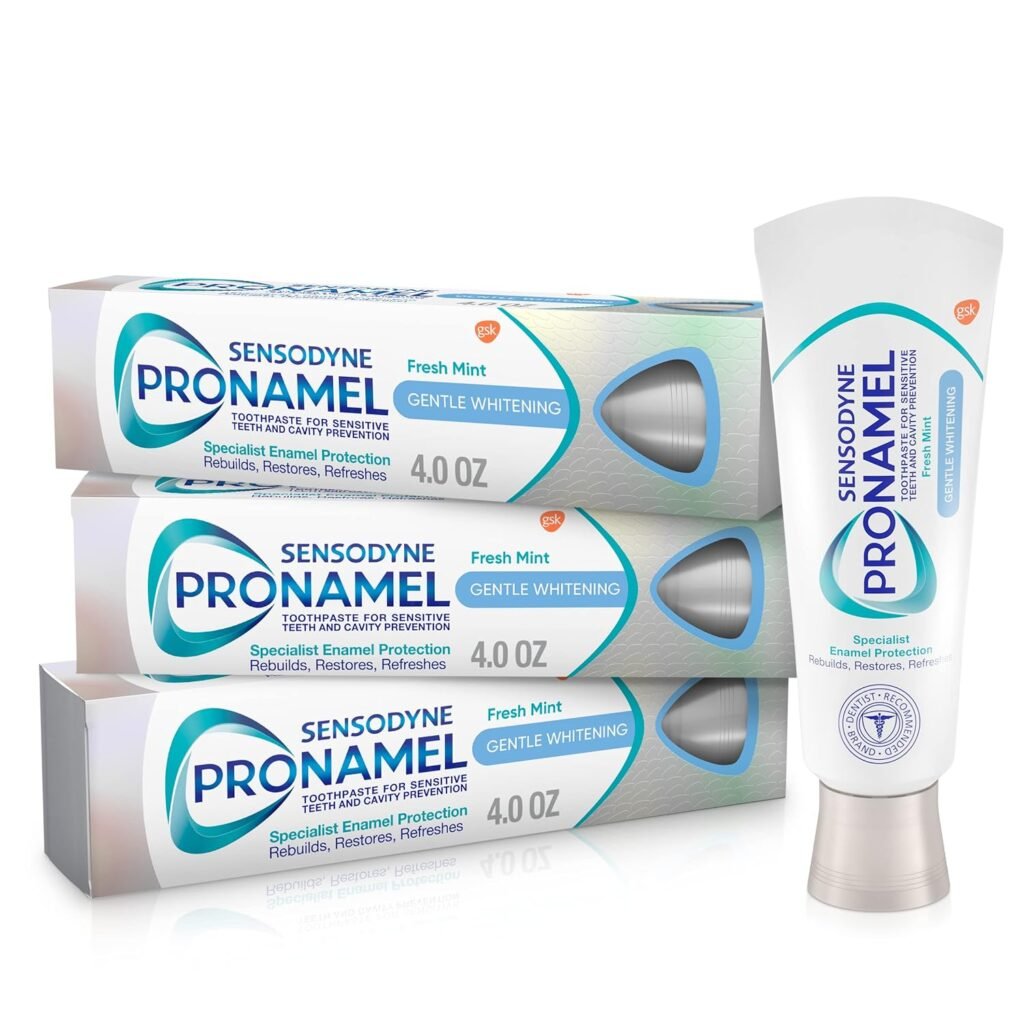Electric Toothbrushes for Braces: Your Guide to Better Oral Care
Electric Toothbrushes for Braces: Your Guide to Better Oral Care
Blog Article
Bad air, or halitosis, is definitely an uncomfortable issue that lots of people face. Whether it's due to food, germs, or dried mouth, locating a fruitful mouthwash to overcome this problem is key. With a wide variety of products and services accessible, it could be overwhelming to find the best one for the needs. In this information, we will explore what makes an Best Toothpaste for Sensitive Teeth and Gums and how you can pick the right one for your oral treatment routine.
Understanding Poor Breath
Bad air often stems from bacteria that accumulate in the mouth. These microorganisms break down food particles, releasing sulfur ingredients that cause unpleasant odors. Dried mouth, bad dental health, smoking, and specific meals are typical culprits behind that issue. To address it effortlessly, mouthwash can enjoy an important role in freshening air and killing odor-causing bacteria.

Important Elements to Look For
When choosing a mouthwash for bad air, look closely at the ingredients. Some of the very helpful components contain:
Antimicrobial Brokers: These support eliminate bacteria accountable for poor air, lowering its occurrence. Look for mouthwashes containing chlorhexidine, cetylpyridinium chloride, or crucial oils like eucalyptol and menthol.
Alcohol-Free Method: Liquor may dry the mouth, possibly worsening bad breath around time. Deciding on an alcohol-free mouthwash ensures your mouth stays watered while effortlessly combating bad breath.
Fluoride: While primarily used for cavity avoidance, fluoride in mouthwash may help reduce the entire microorganisms in the mouth, contributing to cleaner breath.
Xylitol: An all-natural sweetener, xylitol not only freshens your air but also stops the growth of cavity-causing bacteria, promoting a healthy dental environment.
How exactly to Use Mouthwash Effectively
For optimum effects, use mouthwash included in your day-to-day verbal treatment routine. Swish the mouthwash around orally for 30 seconds to one second, ensuring to cover all places, including between teeth and the back of your tongue. Prevent eating or drinking for at least 30 minutes following use allowing the elements to work effectively.

Conclusion
Deciding on the best mouthwash for bad air involves knowledge the factors behind halitosis and choosing something with the right ingredients. By adding a mouthwash that objectives bacteria, keeps water, and freshens your breath, you can have a confident smile and long-lasting freshness. Remember, mouthwash is merely one section of an extensive oral attention schedule, so make sure to comb and floss frequently for optimum results.
Report this page